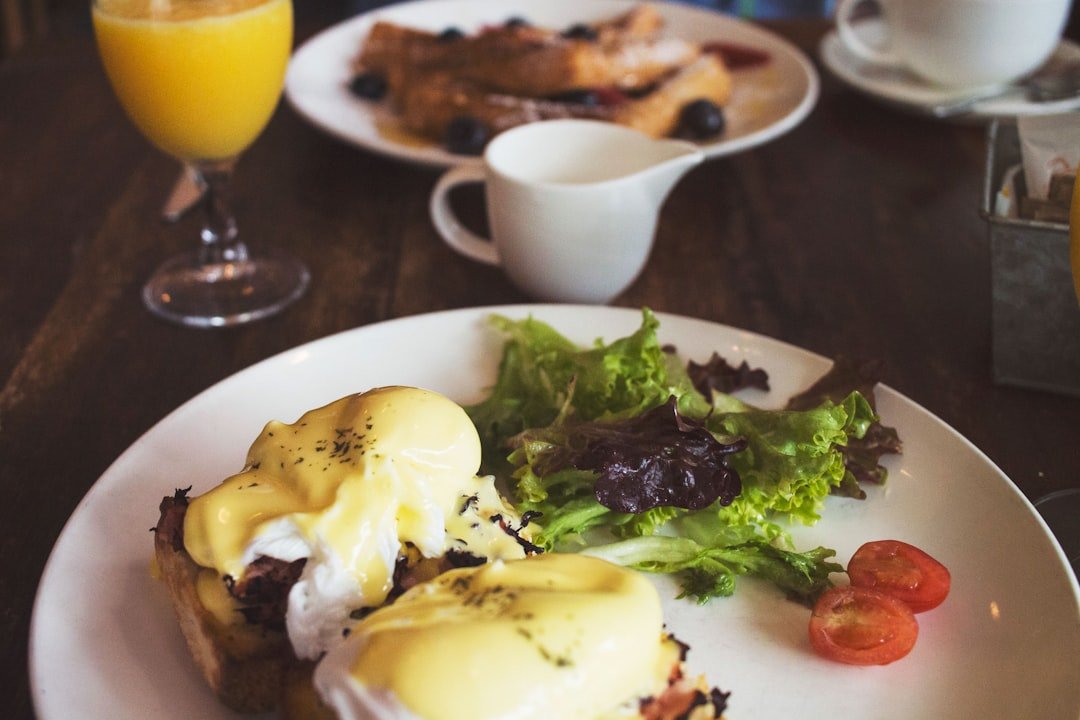The Cayman Islands, a British Overseas Territory located in the western Caribbean Sea, boast a rich and complex history that dates back to their discovery in the 15th century. Christopher Columbus is credited with first sighting the islands on May 10, 1503, during his fourth voyage to the New World. He named them “Las Tortugas” due to the abundance of sea turtles that inhabited the waters surrounding the islands.
However, it wasn’t until the late 17th century that the islands began to see permanent settlement. The first settlers arrived in 1670, primarily from England, and established a small community focused on fishing and agriculture. Throughout the 18th century, the Cayman Islands developed a reputation as a haven for pirates and privateers, who used the islands as a base for their operations in the Caribbean.
This period of lawlessness contributed to the islands’ early economy, as the local population engaged in trade with these seafarers. By the end of the 18th century, the islands transitioned from a pirate refuge to a more structured society, with agriculture and trade becoming the primary economic activities. The introduction of slavery in the 18th century significantly impacted the demographic landscape, as enslaved Africans were brought to work on plantations.
The abolition of slavery in 1834 marked a turning point in Caymanian society, leading to a gradual shift towards a more diversified economy.
Key Takeaways
- The Cayman Islands have a rich history influenced by the indigenous people, European settlers, and African slaves.
- Traditional Caymanian cuisine includes dishes like turtle stew, conch fritters, and heavy cakes, reflecting the island’s maritime heritage.
- Music, dance, and festivals are integral to Caymanian culture, with influences from African, European, and Caribbean traditions.
- The art and craftsmanship of the Cayman Islands include thatch weaving, rope making, and wood carving, showcasing the island’s natural resources.
- The language and dialects of the Cayman Islands are influenced by English, Spanish, and African languages, creating a unique linguistic blend.
- Religious and spiritual practices in Caymanian culture include Christianity, as well as traditional beliefs and rituals passed down through generations.
- Traditional clothing and fashion in the Cayman Islands reflect the island’s tropical climate, with lightweight fabrics and vibrant colors.
- Modern Caymanian society is influenced by a blend of cultural traditions, including those from the United Kingdom, Jamaica, and other Caribbean nations.
Traditional Caymanian Cuisine and Culinary Practices
Iconic Dishes
One of the most iconic dishes is “conch fritters,” made from conch meat mixed with flour, spices, and vegetables, then deep-fried to golden perfection. This dish exemplifies the islands’ reliance on marine resources and showcases the culinary creativity of Caymanians. Another staple is “turtle stew,” which has historical significance as it was once a primary source of sustenance for early settlers.
Cooking Methods and Flavors
Cooking methods in Caymanian culture often involve slow-cooking and grilling, allowing flavors to meld beautifully. The use of spices such as thyme, garlic, and Scotch bonnet peppers adds depth to many dishes.
Food and Social Bonding
Festivals and family gatherings are often centered around food, with communal meals serving as an opportunity for social bonding. The tradition of “Sunday dinner” is particularly significant, where families come together to enjoy hearty meals that may include rice and peas, fried plantains, and various meat dishes. This culinary practice not only nourishes but also reinforces familial ties and cultural identity.
Music, Dance, and Festivals in Caymanian Culture

Music and dance are integral components of Caymanian culture, serving as expressions of identity and community spirit. Traditional music often features instruments such as drums, guitars, and maracas, creating lively rhythms that accompany folk dances. The Quadrille, a traditional dance with roots in European ballroom dancing, has been adapted into a uniquely Caymanian form that is performed at social gatherings and festivals.
This dance is characterized by its intricate footwork and lively music, showcasing both skill and cultural pride. Festivals play a crucial role in preserving and celebrating Caymanian heritage. The annual “Cayman Carnival Batabano” is one of the most anticipated events on the islands’ calendar, featuring vibrant parades filled with colorful costumes, music, and dance.
Participants often don elaborate outfits adorned with feathers and beads, reflecting both creativity and cultural significance. Another notable celebration is “Pirates Week,” which pays homage to the islands’ swashbuckling past through reenactments, street parties, and culinary competitions. These festivals not only provide entertainment but also serve as platforms for cultural education and community engagement.
Art and Craftsmanship in the Cayman Islands
| Art and Craftsmanship in the Cayman Islands | Statistics |
|---|---|
| Number of local artisans | 200+ |
| Art galleries | 15 |
| Annual craft fairs | 10 |
| Traditional crafts | Seafan weaving, thatch plaiting, and rope making |
| Art and craft workshops | 30+ |
The artistic expression found in the Cayman Islands is deeply rooted in its history and cultural influences. Local artisans create a wide range of crafts that reflect both traditional techniques and contemporary styles. One prominent form of craftsmanship is “caymanite” jewelry, made from a unique stone found only in the islands.
Artisans skillfully carve this stone into intricate designs that often depict local flora and fauna or abstract patterns inspired by nature. This craftsmanship not only showcases local talent but also promotes sustainable practices by utilizing natural resources. In addition to jewelry-making, visual arts have gained prominence in recent years.
Local artists draw inspiration from the stunning landscapes of the islands, creating paintings that capture the vibrant colors of sunsets over the Caribbean Sea or the lush greenery of tropical forests. Galleries and exhibitions throughout Grand Cayman provide platforms for these artists to showcase their work, fostering a sense of community among creatives. The annual “Cayman National Cultural Festival” further highlights local talent by featuring art displays, performances, and workshops that encourage participation from both residents and visitors.
Language and Dialects of the Cayman Islands
The primary language spoken in the Cayman Islands is English; however, the local dialect reflects a unique blend of influences that have shaped its development over time. Known as Caymanian English or “Cayman Creole,” this dialect incorporates elements from African languages, British English, and Caribbean vernaculars. The result is a distinctive way of speaking that includes unique phrases, idiomatic expressions, and pronunciation variations that may be unfamiliar to outsiders.
Caymanian English serves not only as a means of communication but also as an important marker of cultural identity. It encapsulates the islands’ history and social dynamics while fostering a sense of belonging among residents. In addition to English, Spanish is increasingly spoken due to tourism and immigration from Latin American countries.
This linguistic diversity reflects the evolving nature of Caymanian society as it embraces new influences while maintaining its cultural roots.
Religious and Spiritual Practices in Caymanian Culture

Religion plays a significant role in shaping Caymanian culture and community life. The majority of residents identify as Christian, with various denominations represented across the islands, including Anglicanism, Catholicism, Baptist traditions, and Pentecostalism. Church services are often well-attended on Sundays, serving as both spiritual gatherings and social events where community members connect with one another.
Beyond organized religion, there are also elements of spirituality that permeate daily life in the Cayman Islands. Many residents hold beliefs rooted in African traditions or indigenous practices that emphasize harmony with nature and ancestral reverence. These spiritual practices may manifest during significant life events such as births, weddings, or funerals, where rituals are performed to honor ancestors or seek blessings for future endeavors.
This blend of organized religion and spiritual beliefs contributes to a rich tapestry of cultural practices that define life in the Cayman Islands.
Traditional Clothing and Fashion in the Cayman Islands
Traditional clothing in the Cayman Islands reflects both historical influences and contemporary trends. In earlier times, clothing was primarily functional, made from locally sourced materials such as cotton or linen. Women often wore long dresses adorned with colorful patterns while men donned simple shirts and trousers suitable for work in agriculture or fishing.
These garments were practical for the tropical climate while also allowing for personal expression through vibrant colors. In modern times, traditional clothing has evolved but still holds significance during cultural events and celebrations. The “Caymanian dress,” characterized by its bright colors and floral patterns, is often worn during festivals or special occasions such as weddings or church services.
Additionally, local designers have begun to incorporate traditional elements into contemporary fashion lines, creating garments that celebrate Caymanian heritage while appealing to modern sensibilities. This fusion of old and new not only preserves cultural identity but also showcases the creativity of local artisans.
Cultural Influences and Traditions in Modern Caymanian Society
As globalization continues to shape societies worldwide, modern Caymanian culture reflects a blend of traditional practices and contemporary influences. The influx of tourists has introduced new culinary experiences, music genres, and artistic expressions that coexist alongside established traditions. For instance, while traditional dishes remain popular among locals, international cuisine has found its way into restaurants across Grand Cayman, offering diverse dining options that cater to visitors’ tastes.
Despite these changes, many Caymanians remain committed to preserving their cultural heritage through education and community initiatives. Schools incorporate local history and traditions into their curricula to instill pride in students about their roots. Additionally, organizations dedicated to promoting Caymanian culture work tirelessly to ensure that traditional practices are passed down through generations.
This commitment to cultural preservation amidst modernization highlights the resilience of Caymanian identity as it navigates an ever-evolving global landscape while remaining deeply connected to its historical roots.
One interesting article related to Cayman Islands culture can be found on HydroWorld Cayman Islands. This article delves into the traditional music and dance of the Cayman Islands, highlighting the unique rhythms and movements that have been passed down through generations. It explores how these cultural expressions are an integral part of the island’s identity and are celebrated in various festivals and events. This article provides a fascinating insight into the rich cultural heritage of the Cayman Islands and the importance of preserving these traditions for future generations.



